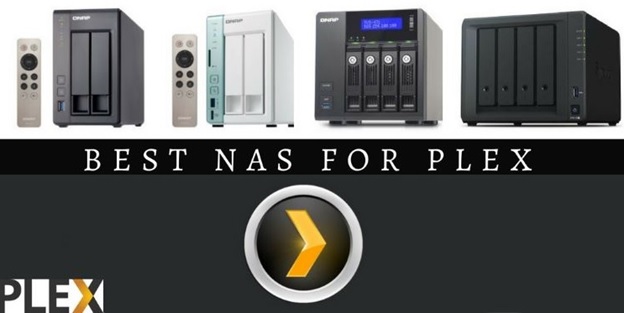If you are looking for a convenient and a hassle free method to store and organize your media files, you must have come across the option where you can run Plex Media Server on a NAS. But this is not the only option available out there for you to manage the media files. But it can be considered as a good option when compared to others. Hence, it is important to take a look at Plex Media Server on NAS and determine whether it is the best solution available for you to move forward with or not.
Transcoding media content
When you upload media content to the Plex Media Server on NAS device, you will need to transcode them. Transcoding can simply be defined as the process where your media files are being converted from one format into another format. If a transcoder is not there, you will only be able to play a few selected supported media formats. If the media format is not supported, you will not be able to go ahead and play it. This will keep you away from experiencing all benefits that come along with storing media content on a NAS device. That’s because you will not be able to find a file easily and play it whenever you want.
But with Plex Media Server, this issue will not be there. That’s because it comes along with a transcoder. Whenever you add a media file into the library, Plex Media Server is capable of identifying its format. In addition, all other essential information related to the media file, such as the bitrate and encoding format will be identified. Hence, you will be able to playback any media format on the Plex Media Server without any difficulties.
Double check if Plex Media Server supports your content
Before you get your hands on Plex Media Server, you are encouraged to double check whether your media content is supported or not. This will help you to stay away from a lot of frustration when you are using it in the long run.
The media formats that are supported by the Plex Media Server include avi, mp4, mkv, xvid, divx, H.264, mp3, AAC, DTS, PGS, VOBSUB, SRT and some more related and popular file formats. If your media format is not listed, you are encouraged to deep dive and look for it. You will be able to discover this info here.
CPU and transcoding capabilities
As the next step, you need to go ahead and take a look at the CPU and transcoding capabilities of Plex Media Server on NAS device. In case if you need transcoding, you are strongly encouraged to go ahead with a powerful NAS device. Then you will never end up with any regrets related to the level of performance offered at the end of the day. You will love the improved performance that comes along with it as well.
First of all, you need to keep in mind that there is no pre-defined CPU requirement for transcoding. In fact, it varies from one situation to another. In fact, the type of media that you have is mainly responsible for determining the CPU specs. In addition, the Plex that is being used can also determine the specific CPU requirements that you need to go ahead with. Therefore, you need to analyze your requirements and use common sense when selecting the CPU specs. If you can do it, you will not end up with any regrets.
Understanding the basic requirements
When you are transcoding content, you will need to convert media at a higher bitrate and a higher resolution. In such a situation, you will obviously need to go forward with a powerful CPU. Then you will be able to get your expected work done without any difficulties. You will love the process as well and the overall experience that is being offered to you by the NAS device at the end of the day.
Usually, the CPUs that you can find in the NAS devices used by people for their personal use and small businesses for use are not powerful. Only some of the NAS devices are in a position to deliver an excellent performance to you while you are transcoding media content. For example, you will come across difficulties when you are transcoding 720p content in some of the devices as well. Most importantly, only a handful number of devices will be able to transcode 1080p content.
When you deep dive and take a look at the CPUs, you will be able to discover two different processor architectures. The first one is x86 architecture, whereas the other option is ARM.
The x86 architecture is something that you are more familiar with. It is usually found in the laptop and desktop machines that you have at home. These processors are specifically designed to deliver a faster performance. On the other hand, they are in a position to run any type of computer software as well. When you get a NAS device that comes along with an x86 processor, you will have to experience a less powerful performance. In fact, the power would be less when compared to a typical personal computer as well.
ARM processors can easily be found in the tablets and mobile phones. These processors are inexpensive. The most notable feature about these processors is that they are extremely energy efficient. They do not have the ability to deliver the same level of power that you can find in an x86 processor.
As you can see, only the x86 based processors will be able to transcode media content in an effective manner. Therefore, you are encouraged to go for that option, so that you will be able to get an uncompromised operation at the end of the day.



